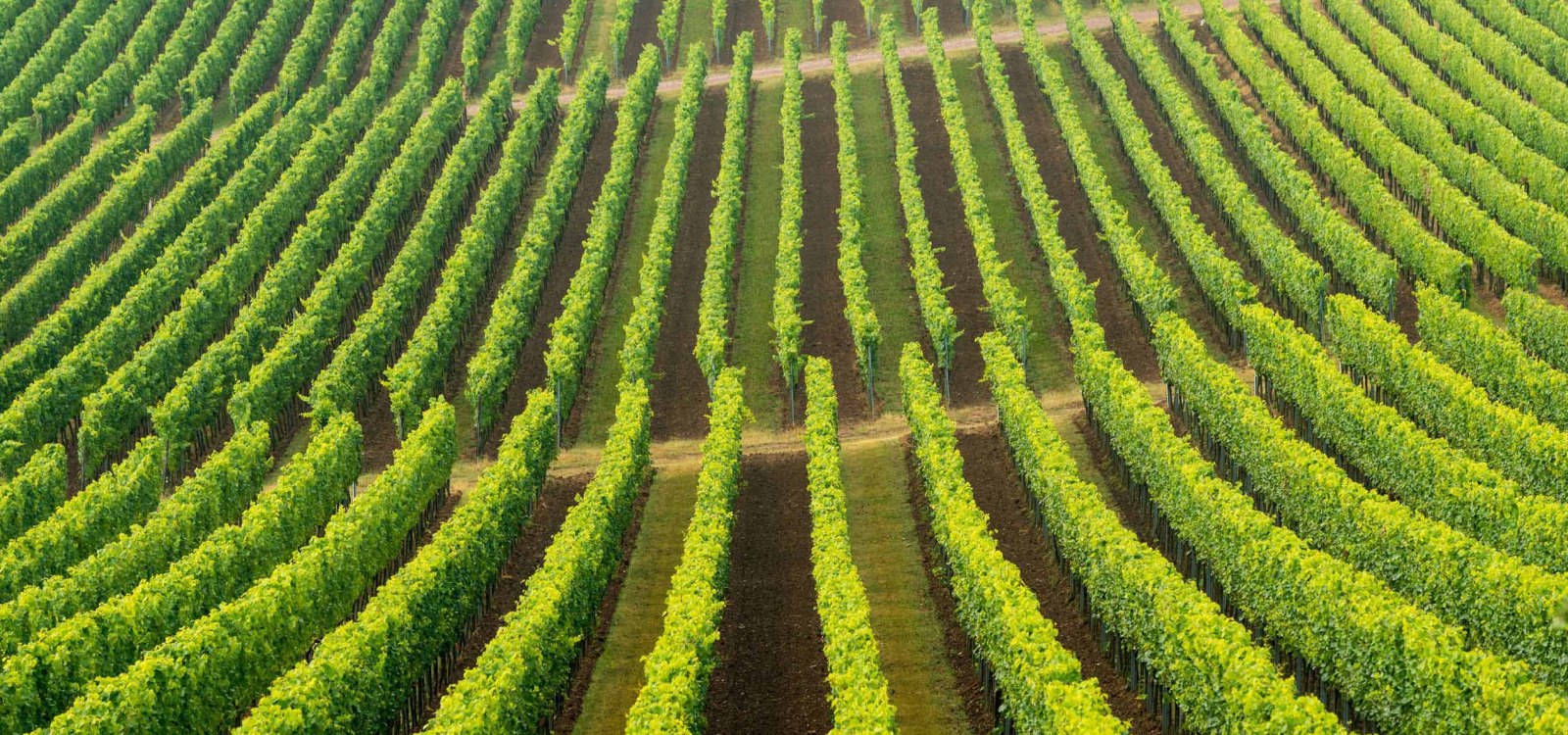
searchMenu



The layer name is based on the conversion of St. Albanskloster into an imperial knight's pen in 1490.

In a metaphorical name, this is a good vineyard location. Only rarely is such a name based on the occurrence of shiny rocks such as galena.

The location was mentioned in documents in 1297 as "westerheym" and in 1600 under the name "in westrum." The location designation retains the memory of the old farmstead of Westernheim.

Bornheimer chicken Feathered fowl? No, living hedge! Juicy corn-fed chicken with Pinot Gris or rather Mediterranean-spiced, grilled chicken drumsticks with Pinot Noir? The Burgundy varieties like to grow on loess and volcanic rock in the single vineyard "Bornheimer Hähnchen". But no, the proud fowl is not the eponym here. The Old High German "hagan" denoted a demarcated area of land. And where is the wall then? This demarcation did not have to consist of stones, but could also be enclosed with a living hedge. The Bornheimer…

The naming is based on ownership of church property.

No sweet honey, but genetically valuable mother vines. Of course there are bees in the Bubenheim honey mountain. It would be bad if not! But that once particularly many bee colonies were settled there or beekeepers were active, is unlikely. Much more likely the word "honey" could have been derived from "hunnish". "Hunnish" or also "Heunisch" refers to an old wine variety or family of varieties. In the High and Late Middle Ages, a distinction was made between "Hunnish" and Frankish vines. Yes, the Huns (meaning the Hungarians) and the Franks.…

The location was mentioned in 1403 with the name "an der kalenberge". The name is based on the dialect word "Kalle", which has its origin in the Latin "canalis" and means gutter.
Rheinhessenwein e.V.
Otto-Lilienthal-Straße 4
55232 Alzey
E-Mail: info@rheinhessenwein.deRheinhessenwein e.V.
Otto-Lilienthal-Straße 4
55232 Alzey
E-Mail: info@rheinhessenwein.de